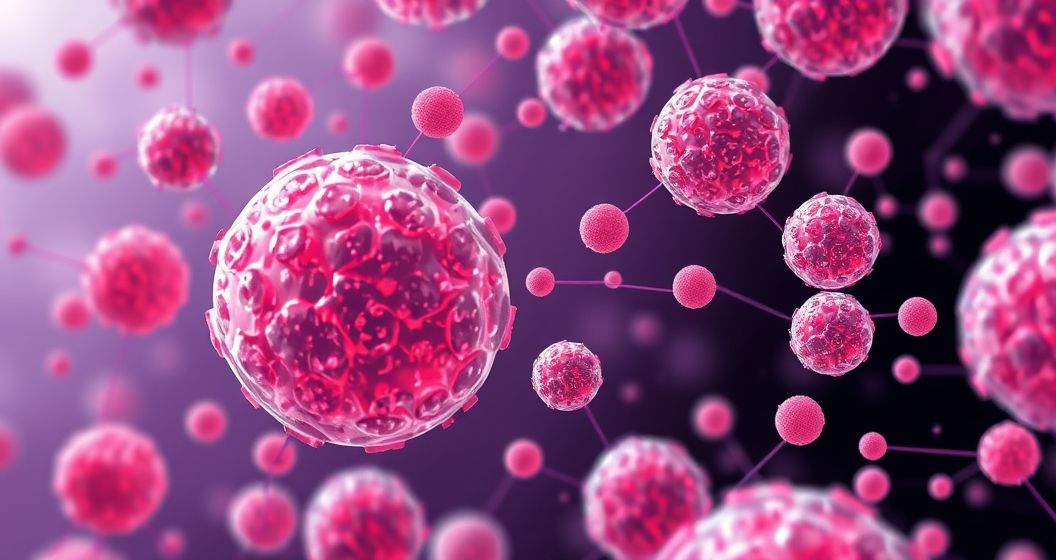The Importance of Ovarian Cancer Spheroids in Metastasis
These spheroids are not simply random aggregations of cells; they are complex, dynamic structures. Their ability to survive, travel, and ultimately establish secondary tumors at distant sites is critical to the progression of ovarian cancer. Understanding how these spheroids form, maintain their integrity, and ultimately disseminate is crucial for developing effective therapeutic strategies.
The NCBS Study: Unraveling the Influence of Calcium and pH
The NCBS research demonstrates that two seemingly simple environmental factors—calcium concentration and pH level—exert profound control over the fate of ovarian cancer spheroids. The study found that specific calcium levels and pH ranges are essential for the spheroids to maintain their structural integrity. Variations outside these optimal ranges can lead to either the disintegration of the spheroids or, surprisingly, their spontaneous reformation.
Calcium and pH: A Delicate Balance
The precise mechanisms by which calcium and pH regulate spheroid stability are still under investigation. However, the researchers hypothesize that these factors influence cell-to-cell adhesion, impacting the overall cohesion of the spheroid. Changes in calcium levels might affect the expression of adhesion molecules, while pH fluctuations could alter the activity of enzymes involved in cell-matrix interactions. This intricate interplay suggests a delicate balance is required for spheroid survival and metastasis.
Implications for Ovarian Cancer Treatment
This discovery has significant implications for the development of novel therapeutic approaches targeting ovarian cancer. Manipulating calcium and pH levels within the peritoneal cavity could potentially disrupt the formation and stability of ovarian cancer spheroids, hindering their spread and reducing the likelihood of metastasis. Future research could explore strategies to either directly alter these environmental factors or to target the cellular mechanisms that respond to calcium and pH changes within the spheroids.
Future Directions: Targeting Spheroid Formation and Stability
The NCBS study opens up exciting new avenues for research into ovarian cancer. Further investigation is needed to fully elucidate the molecular mechanisms involved in calcium and pH-mediated regulation of ovarian cancer spheroids. This research could lead to the development of targeted therapies that specifically disrupt spheroid formation or stability, offering a potentially powerful new approach to combatting the spread of this deadly disease. By understanding the delicate balance of calcium and pH, we move closer to effective interventions that improve the prognosis for ovarian cancer patients.


